Nature Notes, Dec 2021. Dabbling Ducks
In late October and November, dabbling ducks attain their brightest plumage. They begin to attract mates and pair up in readiness for the spring and early summer nesting season. Also at this time, birds spread south and west avoiding frozen lakes and rivers in Scandinavia and Iceland. This makes December a great month to find dabbling ducks on the shores and margins of inland lakes and reservoirs in lowland Britain.
“Duck” is a word with numerous meanings. In ornithology it can mean the family of bird, (as in mallards are ducks), or specifically a female bird, with males correctly called drakes.
If you visit somewhere like Rutland Water, Eye Brook Reservoir or Pitsford Reservoir it should be possible to find brightly coloured drake mallard, teal, shoveler, wigeon, gadwall and pintail. Any field guide and numerous websites will enable you to identify these birds very easily.
Identifying ducks (females) is more difficult and therefore a worthwhile challenge.
The challenge is made easier as the drakes and ducks are often feeding or resting beside each other or in single species flocks, but this is not always the case. The question is how to identify a lone duck or, a duck in a large mixed flock of birds.
As with many tricky identifications, a combination of clues helps you solve the puzzle. Some of these are relatively obvious: size, structure, (especially any unusual structural features), and feeding method.
A further, very helpful feature is a feather group specific to dabbling ducks, the speculum. These are feathers of the inner wing that form a rectangular panel, part of which is often brightly coloured.
The speculum is conspicuous in display and in flight, when it is readily visible to other birds in the flock. Fortunately for us the speculum is often partially visible even when the wings are closed and all our six commoner dabbling ducks have different speculum patterns.
Mallard
It is a good idea to get more familiar with the common before trying to find the uncommon. Almost everyone knows about mallards. They get everywhere there is water. The ducks are largely brown. Next time you see a mallard duck, look for its speculum. In different lights there are hints of green and purple but, overall, the colour you are most likely to see in the closed wing is a dark blue. Mallard is quite a large bulky duck and is a good comparator species.
Teal
They are considerably smaller and overall, darker than mallards. They feed along the shoreline, but rest on open water where they are safe from ground predators. At large water bodies they are often present in good numbers, but small parties can turn up on small lakes and even on flooded fields. The speculum includes a prominent patch of bright green. ‘Teal green’ is a well-known colour to milliners and fly fishermen.
Shoveler
This is possibly the easiest duck to identify, especially if it is feeding. shovelers share their feeding method with avocets, flamingos and spoonbills. They are filter feeders. They have large, shovel-shaped beaks with serrated edges. Each beakful of water is sieved and edible matter is trapped. They spend much of their feeding time with the beak just below the surface. This does mean that you may have to wait some time to see the beak well, but once seen, the identification is obvious.
Pintail
The speculum of pintails is more subtly coloured than the above species, being dark brown in drakes but bluish in ducks. There is a narrow white line above the speculum and a broad white trailing edge. There are easier things to look for to find duck pintail. Structurally they are the most elegant birds in this group. They tend to sit upright with a long, slim neck and a pointed tail, (not as obvious as the fine ‘pin’ of the drake but more pointed than other ducks). They feed with the head and neck below the surface with the pointed tail vertical. Another feature in good light is a grey bill contrasting with a pale brown head and neck.
Wigeon
Wigeon tend to be seen in quite large flocks. Unlike other dabbling ducks they graze on pasture away from the water’s edge, then fly onto the water if disturbed. They are smaller than mallards with a relatively small beak and have warm orange brown on the flanks. This is particularly easy to see on land. If you are lucky/unlucky enough to come across a lone female, the size and flank colour will be the best identification features, and the black- tipped silver-grey beak is obvious unless the bird has been probing in mud.
Gadwall
The duck that is hardest to identify I have left until last. Gadwall ducks are confusable with mallard, especially if distance or light is not favourable. They are similar in size and overall colouring and their postures do not differ greatly. The speculum includes a prominent white patch but compared with some of the other ducks described, the speculum tends to be well-hidden when the bird is on the water. You may need to wait for some time for the bird to move such that it momentarily shows the give-away white panel. You may also, in good light, notice that the bill is orange-sided and the throat and fore neck are whitish, (buff in Mallards). However, these can be difficult features to see.
These photos are deliberately un-labelled. You should be able to identify the species from the text.
David Scott




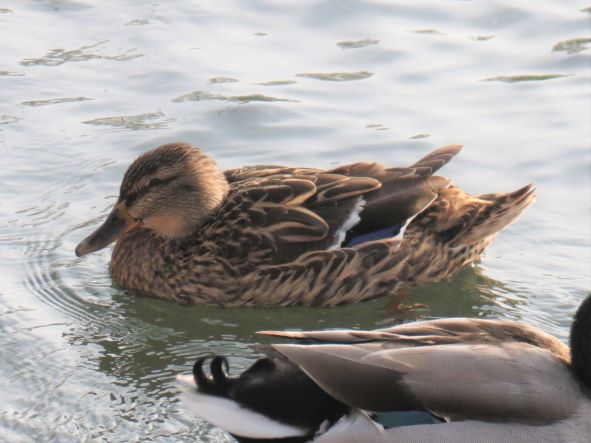
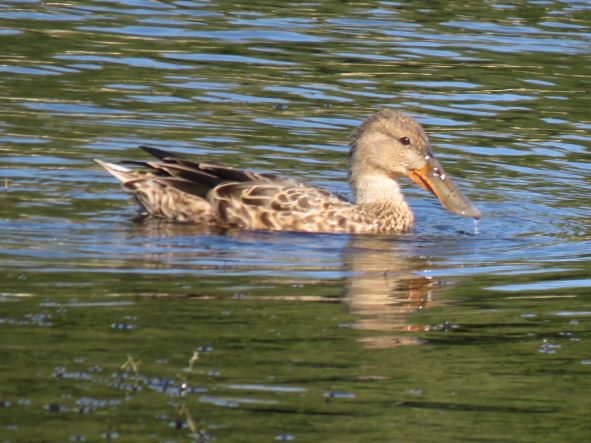
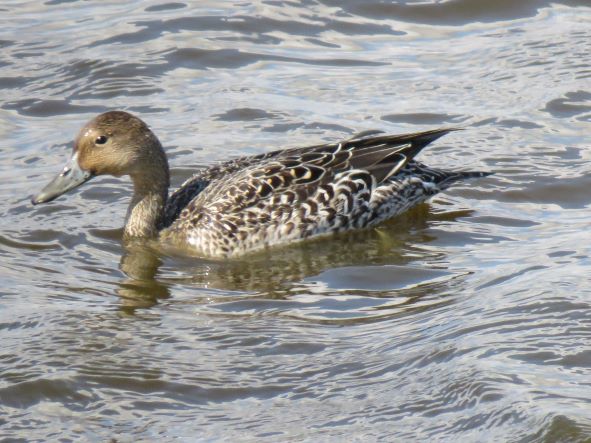
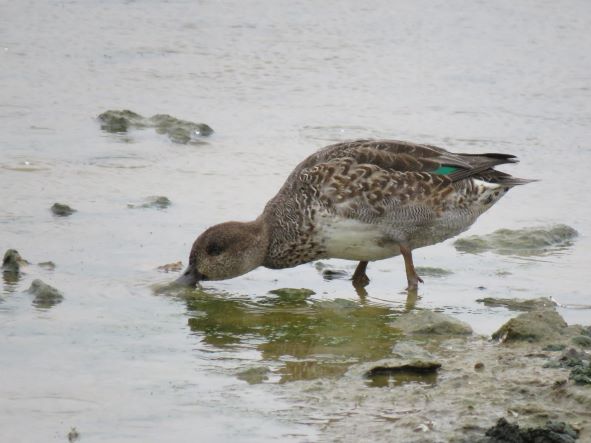
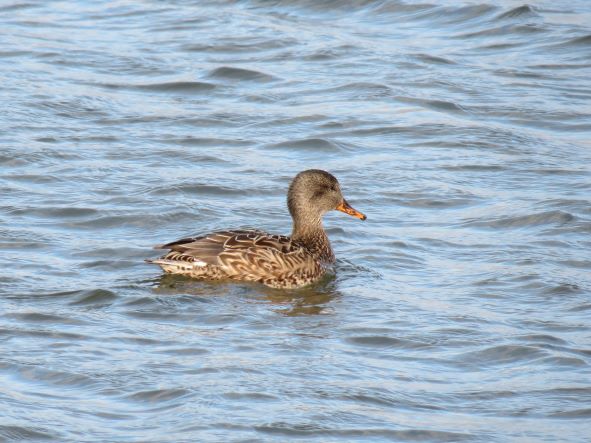
 What are the benefits of Acupuncture?
What are the benefits of Acupuncture?

